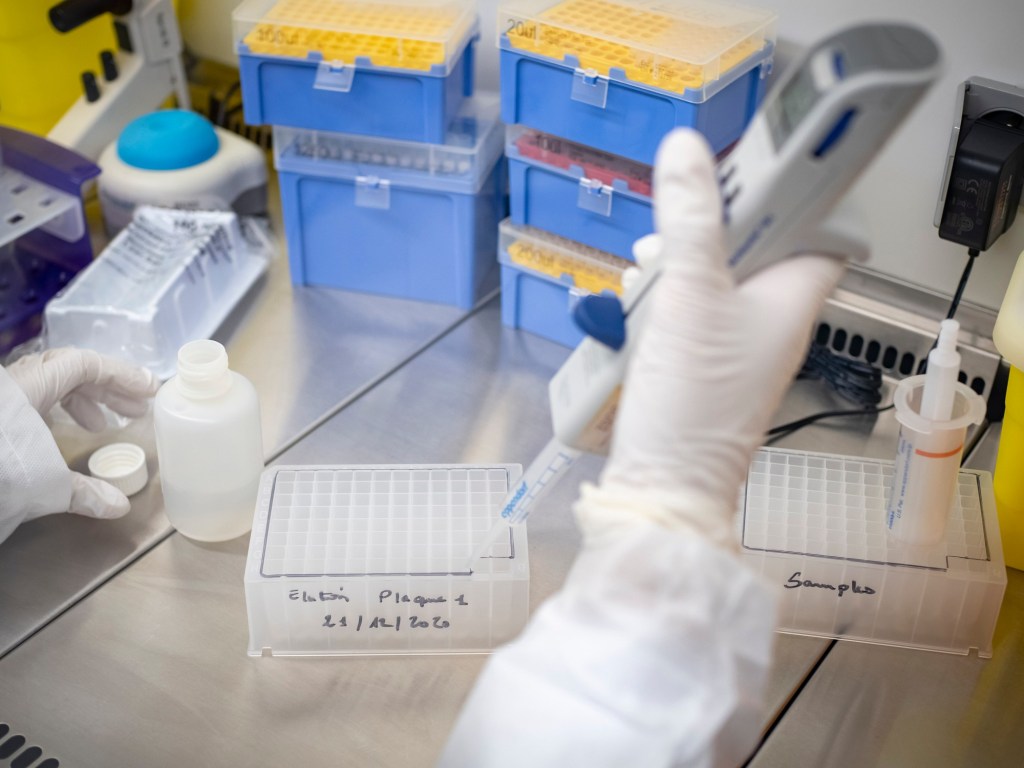Although it’s spotty and inconsistent in many places, wastewater testing is pointing to a new wave of COVID-19 infections, with as many as one-third of Americans expected to contract the disease by late February.
With pandemic fatigue also in full force, and deaths and hospitalizations well down from peaks in 2021 because of high vaccination and immunity rates, many people are inclined to shrug off the new wave, fueled by the JN.1 variant. But COVID-19 continues to take thousands of lives a month. Older, sicker people need to take particular precautions, experts point out, and everybody should think about the debilitating condition known as long COVID that can strike even young, healthy people and last years.
Wastewater testing indicates the current wave of COVID-19 peaked in late December with 1.9 million daily infections, the highest since the omicron wave of 2021. Some experts want to maintain and expand wastewater surveillance to stay on top of future waves at state and local levels, even as the public has wearied of COVID-19 mitigation efforts.
“If you know you are one of the first communities where it’s surging, that could be very helpful,” said Michael Hoerger, a Tulane University School of Medicine assistant professor who made the national estimate about peak infection rates and future infection forecasts.
Like many experts, Hoerger said everybody should be more aware of the high risk and try to avoid getting infected or reinfected with COVID-19, since every new infection increases the chance of long COVID. He said Americans might be experiencing “descent neglect,” the phenomenon that makes people more careless when things are getting better.
“Everyone is vulnerable in some way. The best way to avoid getting long COVID is to avoid getting COVID,” Hoerger said.
Deaths have declined more slowly in states with older populations such as Vermont, Hawaii and Maine, according to a Stateline analysis of…
Read the full article here







